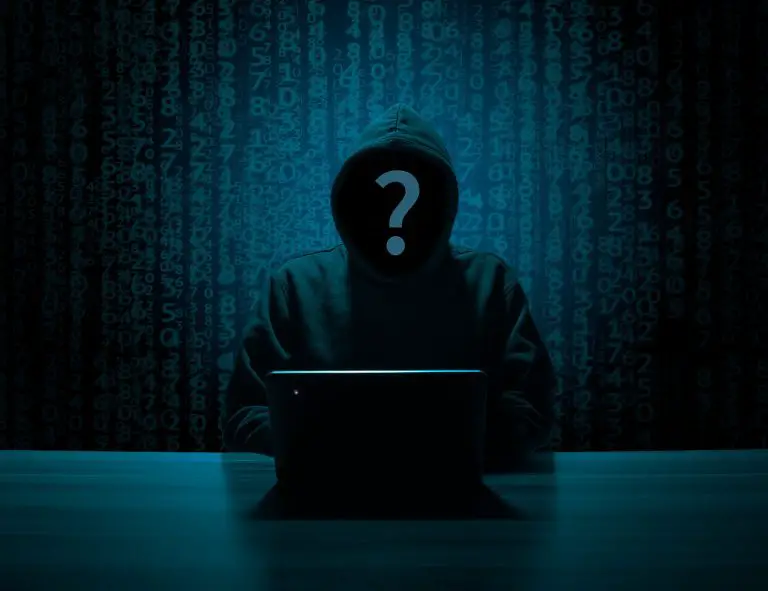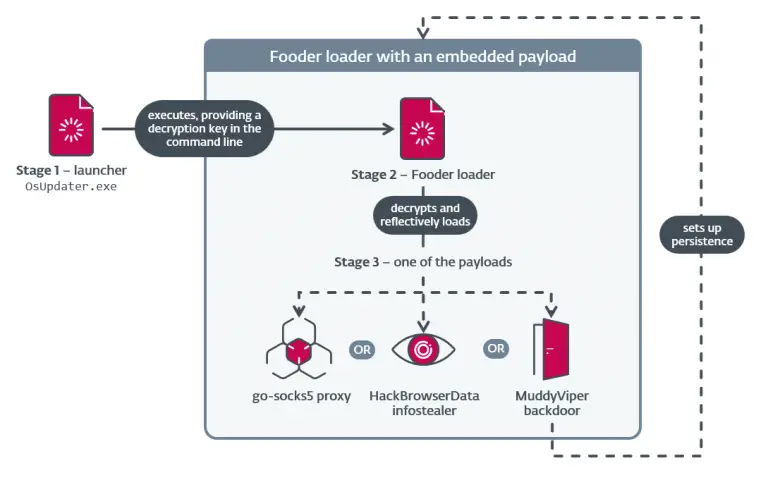
Distributuion of types of malware cases as a percentage of total malware incidents | Source: IBM X-Force.
It is time to admit: the era of passwords is drawing to a close. Not because some authority has decreed it so, but because the system is collapsing from within. Today’s hackers no longer waste time on intricate breaches or crafting sophisticated exploits—they simply log in. With a username. And a password. Yours.
It sounds absurd, yet it is our current reality. Increasingly, cyberattacks no longer rely on breaking through defenses but rather on the mundane exploitation of stolen credentials. You may feel secure in your digital habits, but your password could already be circulating on the dark web—part of one of the millions of leaked databases flooding the internet daily. It can be bought. Or downloaded for free.
The chief culprit? Infostealer malware. These insidious programs extract logins and passwords directly from infected devices—browsers, cookies, sessions, autofill data—everything you’ve conveniently stored to avoid remembering it a hundred times. According to a recent IBM X-Force report, the number of infostealer attacks surged by 84% last year, and in early 2025 alone, it skyrocketed by 180% compared to the same period in 2023. A veritable avalanche.
Infostealers spread through phishing campaigns, fake Google ads, compromised websites, and even hijacked supply chains. You might not even notice—just one misguided click, and your credentials are up for sale. At this moment, the dark web hosts nearly 8 million listings offering stolen account data. The total volume? At least 800 million usernames and passwords. And that’s only what has been detected.
You might think: well, I have two-factor authentication—I’m safe. Unfortunately, hackers have learned to bypass that too, using “man-in-the-middle” attacks and session cookie theft. It’s as if you called your bank and, instead of a representative, a fraudster answered—while the bank remained unaware anything was amiss.
So what’s the solution? Abandon passwords. Seriously. In IT circles, one word is gaining traction: passkeys. These are access credentials that function entirely without passwords. Both Google and Microsoft have formally recommended adopting them—as swiftly as possible. And not just for your accounts, but for everything tied to your digital identity.
How do they work? Each passkey is a cryptographic pair: one public, one private. The public key resides on the server; the private key is stored on your device. When you attempt to log in, the system sends a challenge that only your private key can answer. It is never transmitted, copied, or revealed in the browser. It simply remains on your phone or laptop, activated by biometric data—like a fingerprint or Face ID.
Such a system renders “shoulder surfing” attacks obsolete. There’s nothing to see, nothing to type. And therefore, nothing to steal. Moreover, passkeys synchronize effortlessly across your devices via Apple iCloud or platforms like 1Password. Even if you lose your smartphone, you can regain access on another device simply by signing into your account.
This isn’t some experimental novelty. It’s an unfolding reality. Passkeys aren’t merely a convenience—they’re the only viable defense in a world where passwords ceased being secrets long ago.


